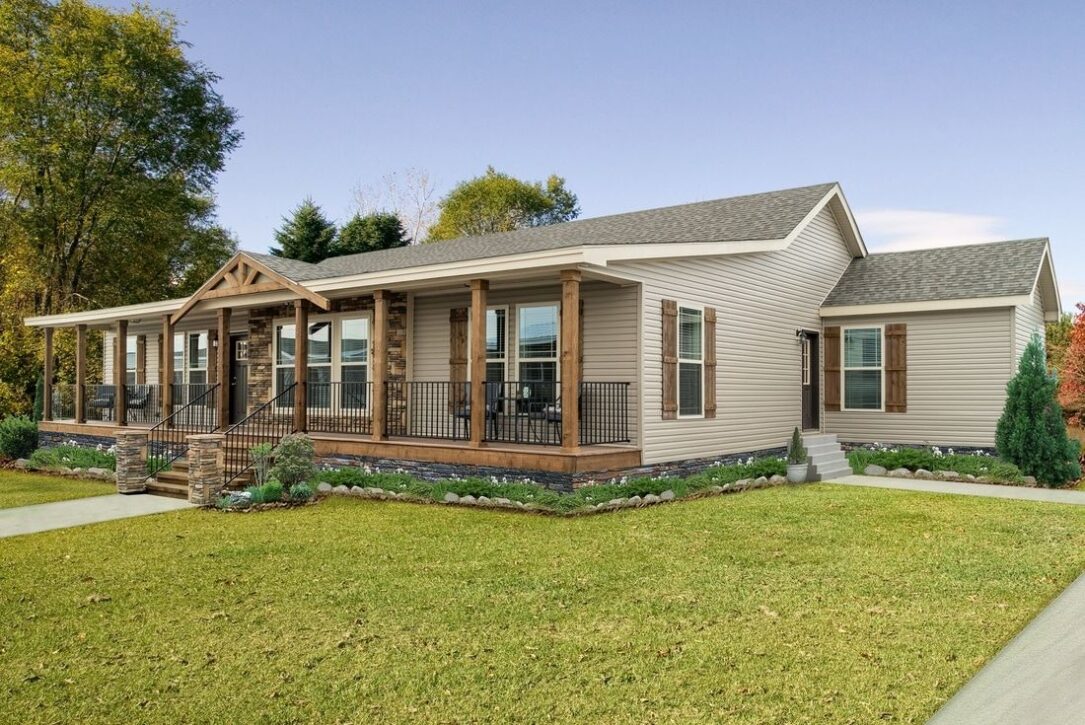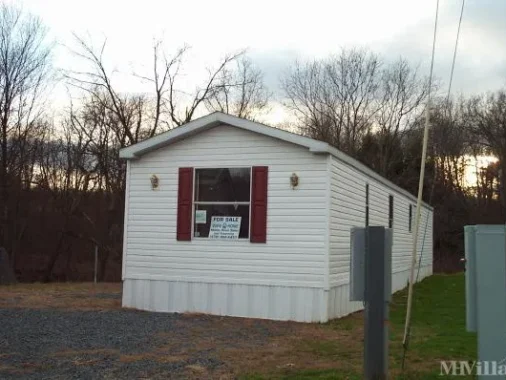A steel roof overlay is an excellent option for double wide mobile homes, offering durability, energy efficiency, and improved aesthetics. Whether you’re looking to enhance the lifespan of your home or increase weather resistance, installing a steel roof overlay can be a cost-effective and long-lasting solution. In this guide, we’ll explore design plans, benefits, and step-by-step installation techniques to ensure a seamless upgrade.
Benefits of a Steel Roof Overlay
Before diving into the design plans, it’s essential to understand why a steel roof overlay is a popular choice for mobile homes:
- Durability: Steel roofing lasts 40-70 years, withstanding harsh weather conditions.
- Energy Efficiency: Reflective coatings reduce heat absorption, lowering cooling costs.
- Low Maintenance: Resistant to mold, mildew, and rot compared to traditional roofing materials.
- Improved Aesthetics: Enhances curb appeal and increases property value.
- Easy Installation: Can be installed over existing shingles, minimizing labor and material costs.
Steel Roof Overlay Design Plans for Double Wide Mobile Homes
1. Choosing the Right Steel Roofing System
There are different styles and materials to consider for your overlay:
- Standing Seam Metal Roof: A sleek, modern look with interlocking panels.
- Corrugated Metal Panels: Budget-friendly and easy to install.
- Metal Shingles: Mimics traditional shingles with added durability.
2. Structural Considerations
- Ensure the existing roof structure can support the additional weight of a steel overlay.
- Reinforce weak areas of the roof frame if necessary.
- Proper ventilation is critical to preventing condensation buildup under the steel panels.
3. Insulation & Underlayment
- Install a moisture barrier to protect against leaks.
- Add rigid foam insulation to improve energy efficiency.
- Use furring strips or a vented system to allow airflow and prevent overheating.
4. Overhang & Eave Extensions
- Design a slight overhang to improve water drainage and protect siding.
- Consider adding gutters to direct rainwater away from the home’s foundation.
5. Attachment & Fastening
- Secure steel panels using self-tapping screws with rubber washers for waterproofing.
- Overlap panels correctly to prevent leaks and maintain structural integrity.
- Use sealing strips on ridge caps and joints to enhance protection.
Step-by-Step Installation Process
Step 1: Prepare the Existing Roof
- Inspect for damages and repair weak spots.
- Remove protruding nails and debris.
- Clean the surface for proper adhesion of underlayment.
Step 2: Install Underlayment & Insulation
- Lay down a waterproof underlayment.
- Add rigid foam insulation if needed.
- Secure with furring strips to create an air gap for ventilation.
Step 3: Attach the Steel Panels
- Start at the lowest edge and work upwards.
- Fasten panels with screws at recommended spacing.
- Overlap each panel according to manufacturer guidelines.
Step 4: Install Flashing & Ridge Cap
- Apply flashing around chimneys, vents, and edges.
- Secure the ridge cap to cover panel edges and provide a watertight seal.
Step 5: Final Inspection & Maintenance Tips
- Check for proper alignment and secure all fasteners.
- Clean debris from gutters and roof valleys.
- Inspect annually for signs of wear or loose fasteners.
Conclusion
A steel roof overlay is an excellent investment for double wide mobile homes, offering enhanced protection, energy efficiency, and long-term savings. By carefully selecting materials, reinforcing structural integrity, and following proper installation techniques, homeowners can enjoy a maintenance-free roof for decades. If you’re considering upgrading your mobile home’s roof, a steel overlay is a smart and durable choice that enhances both functionality and aesthetics.



